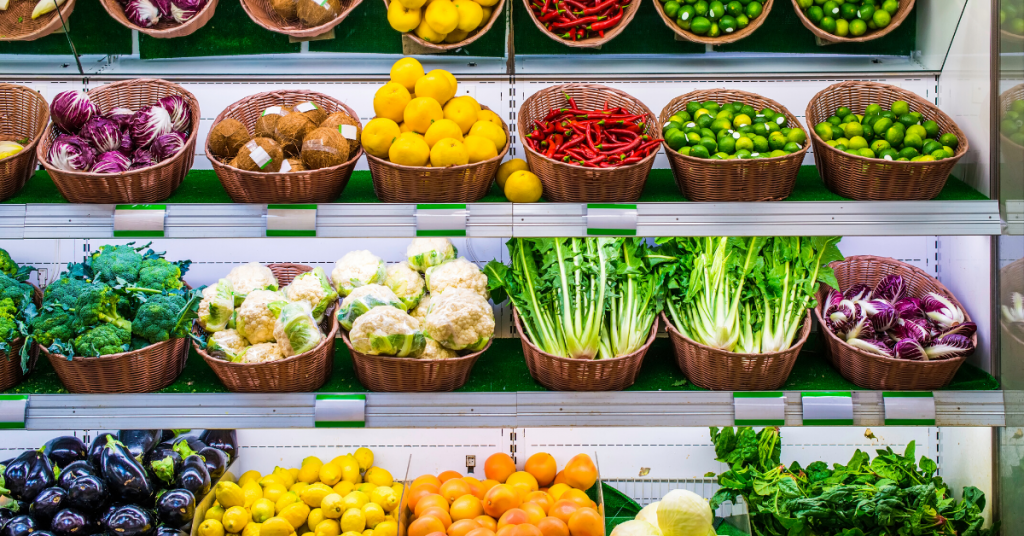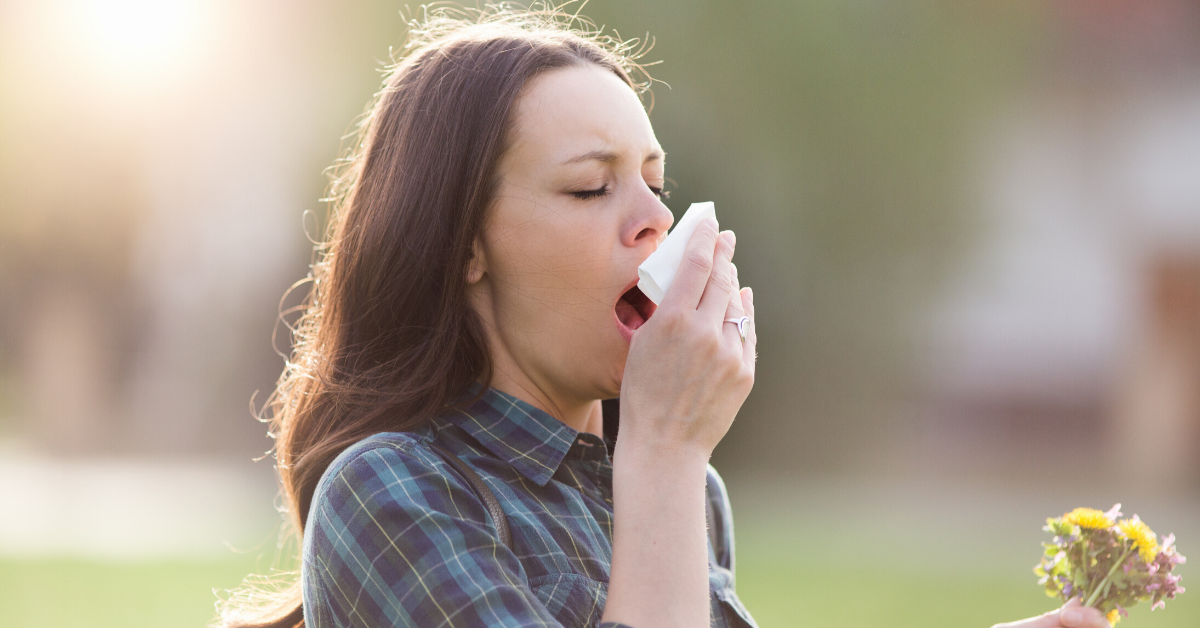Colourful fruit and vegetables look good on the plate. They make great Instagram photos too! But there are other more important reasons to make sure you eat colourful meals.
People talk about #eatingtherainbow. But what exactly does that mean?
What does eating the rainbow mean?
It’s really simple. It’s about eating a range of colourful fruit and vegetables. It’s great to eat lots of green fruit and vegetables, but better still to eat a range of colours.
Why is it healthy to eat the rainbow?
Fruit and vegetables contain phytochemicals. They help the plants resist pests and the harmful effects of radiation and UV rays. But they are also extremely important for our health. Phytochemicals are not essential nutrients (like vitamins and minerals are), but are substances in food that have been found to enhance health, e.g. reduce the risk of certain cancers and cardiovascular disease, and of age-related blindness.
Now not all plants contain the full range of phytochemicals.
At least 900 different phytonutrients have been identified in plants. These include catechins, flavones, flavonols, isoflavones, lutein, lycopene and zeaxanthin. Fruits and vegetables such as spinach, soybeans, tomatoes, onions, carrots, oranges, berries and green tea are rich in these substances.
Different phytochemicals benefit our health in different ways. So, we need to eat a range of different fruit and vegetables to ensure we get the biggest range of phytochemicals we can. Fortunately, some of the phytochemicals give fruit and vegetables their colour. This explains why eating colourful food is healthy. By eating a range of colours (the rainbow) we are automatically eating a range of phytochemicals.
The goodnet says:
“Eating the rainbow of different colored fruits and vegetables is a fundamentally healthy way to eat. This isn’t just another fad diet like only eating white food or the grapefruit diet. Our bodies need a variety of vitamins, minerals, and phytochemicals to stay healthy, and nature has color coded these for us.”
What coloured vegetables and fruit are healthiest?
There isn’t one answer to this question, because not every phytonutrient is available in all fruit and vegetables. In fact, the colour of the produce can tell you which phytonutrient the food contains. So, to get the maximum disease-fighting power that phytochemicals can provide, choose foods that represent all colours of the rainbow.
Different coloured fruit and vegetables contain different antioxidants, and it’s vitally important that we have a full range of antioxidants, because they work in different ways in different parts of our bodies.
For example, some phytonutrient molecules are too big to go through the gut wall so they work in the gut itself. Some are water-soluble so can go where the fat-soluble ones can’t. Some work on the surface of cells and some work inside cells. Where do we want phytonutrients to work? Everywhere in our body to help prevent damage and decay.
So don’t just stick to green peppers, but buy red, yellow and orange ones too. Buy red grapes as well as green. Eat pumpkins and squash for their wonderful orange health-giving properties, and dark green vegetables for their equally important but different chemicals.
What are the health benefits of eating the rainbow?
They are also important for our long-term health. An article by the USDA Agricultural Research Service says that phytochemicals:
- help protect from oxidative stress and chronic inflammation, the main causes of age-related chronic disease.
- reduce the risk of developing atherosclerosis.
- improve blood vessel function
- improve the negative effects of LDL (“bad” cholesterol)
- prevent coronary artery disease through their anti-inflammatory effects.
- can benefit bone health.
- may lower risk of cognitive decline and dementia. A study from the American Academy of Neurology found that people who eat a diet that includes at least half a serving per day of foods high in flavonoids like strawberries, oranges, peppers and apples may have a 20% lower risk of cognitive decline.
How do I eat the rainbow?
The American Heart Association agrees that we need to eat the rainbow:
“The best way to get all of the vitamins, minerals and nutrients you need is to eat a variety of colorful fruits and veggies. Add color to your plate each day with the five main color groups.”
They recommend Red & Pink foods such as beets, cherries, raddicchio, red peppers, red apples.
Blue & Purple foods include blackberries, blueberries, dates, eggplants (aubergine) and grapes.
Yellow & Orange foods include butternut squash, oranges, corn, apricots, orange peppers and nectarines.
White foods include bananas, cauliflower, garlic, potatoes and mushrooms.
Green foods include asparagus, avocados, bok choy, broccoli, celery and green onions.
How do coloured fruit and vegetables affect my health?
Lycopene is found in yellow and red fruit and vegetables, such as tomatoes, water melon and pink grapefruit. Healthline says:
“Diets rich in the antioxidant lycopene may help prevent the development of prostate cancer. It may also protect against cancers of the lungs, breasts and kidneys, but more human-based research is needed to confirm this.”
Blue/purple fruits get their deep colour from anthocyanins:
“Scientific studies, such as cell culture studies, animal models, and human clinical trials, show that anthocyanidins and anthocyanins possess antioxidative and antimicrobial activities, improve visual and neurological health, and protect against various non-communicable diseases.” Food and Nutrition Research journal
Yellow and orange fruit and vegetables contain carotenoids, which
“act as antioxidants in the human body. They have strong cancer-fighting properties, according to the Physicians Committee for Responsible Medicine. Some carotenoids are converted by the body to vitamin A, which is essential to vision and normal growth and development. Carotenoids also have anti-inflammatory and immune system benefits and are sometimes associated with cardiovascular disease prevention. “
lower the level of bad cholesterol in your body as well as lower high blood pressure. They also have a great immune boosting effect on your body. Nutrients found in white fruits and vegetables minimize the risk of colon, prostate and breast cancer as well.
Definitely you should be looking to eat the rainbow, a variety of fruit and vegetables in glorious colour feeding your body and being a delight to eat.


